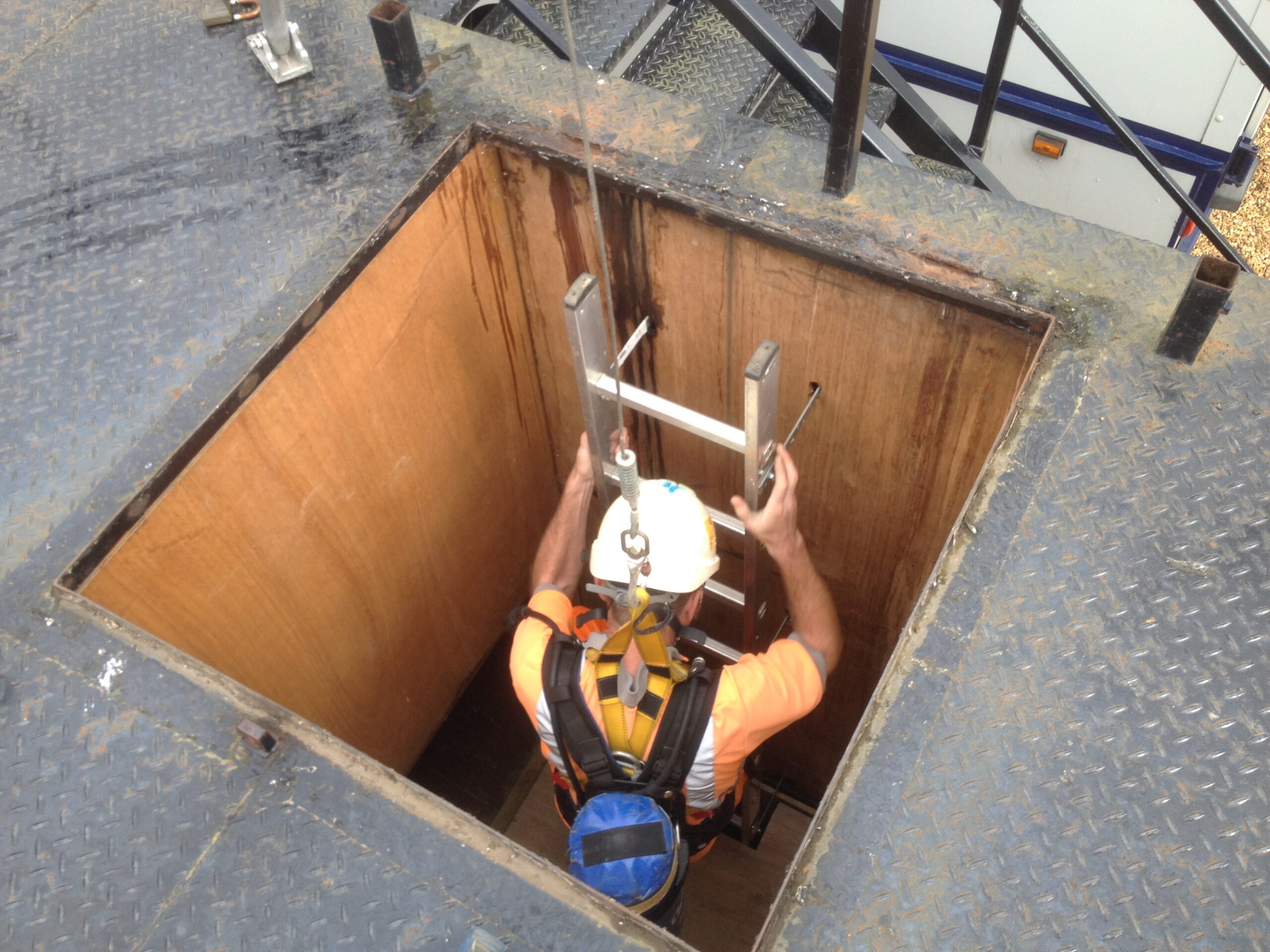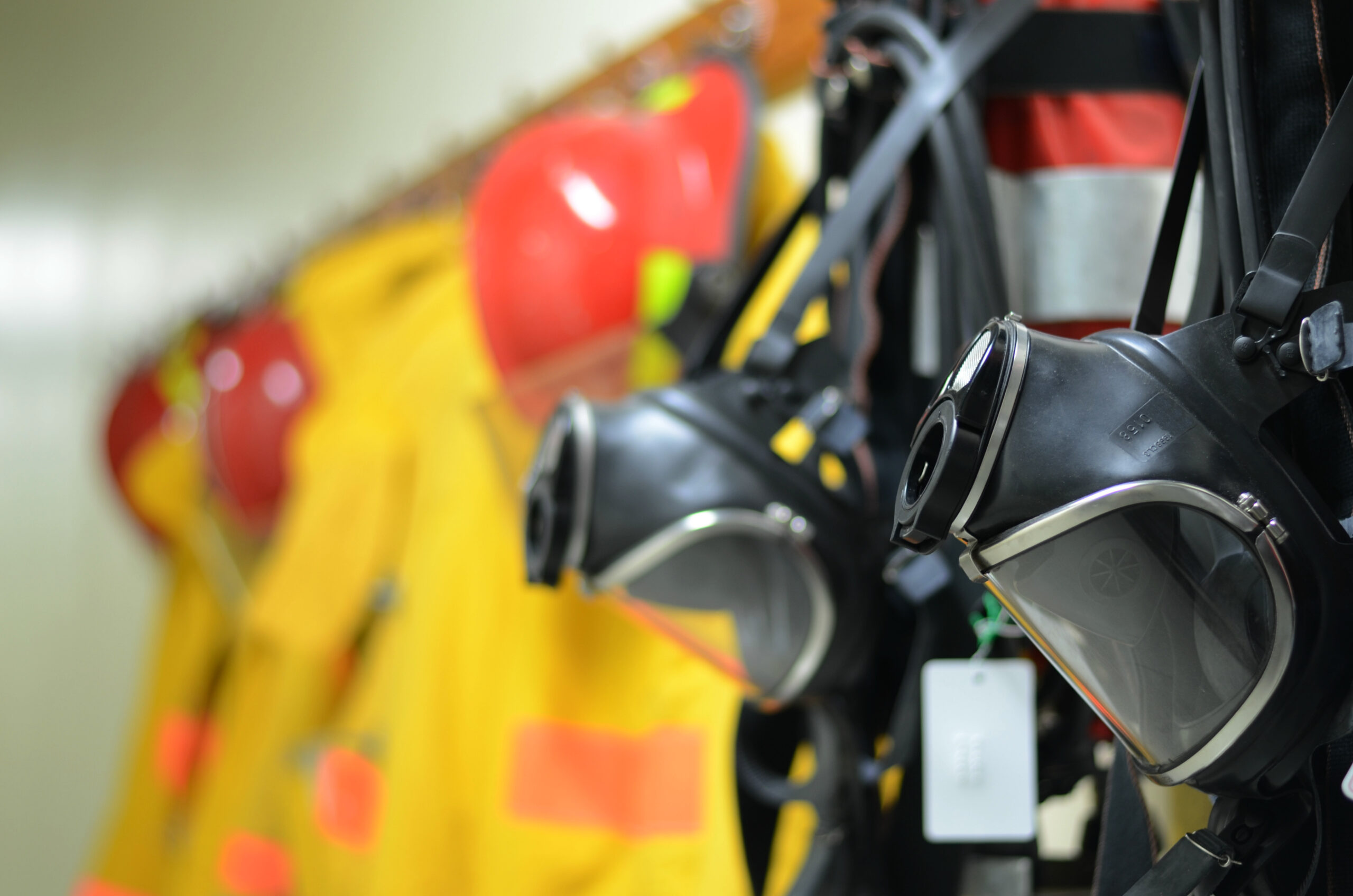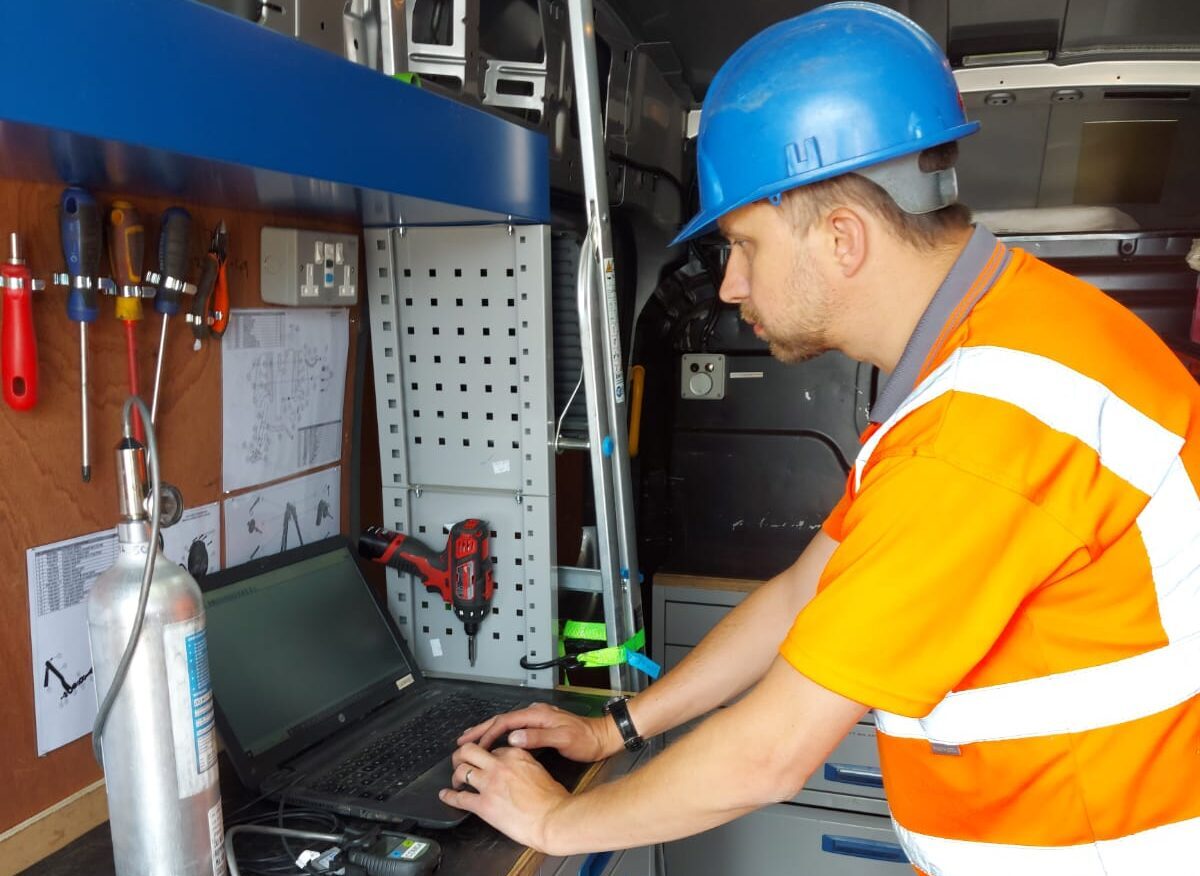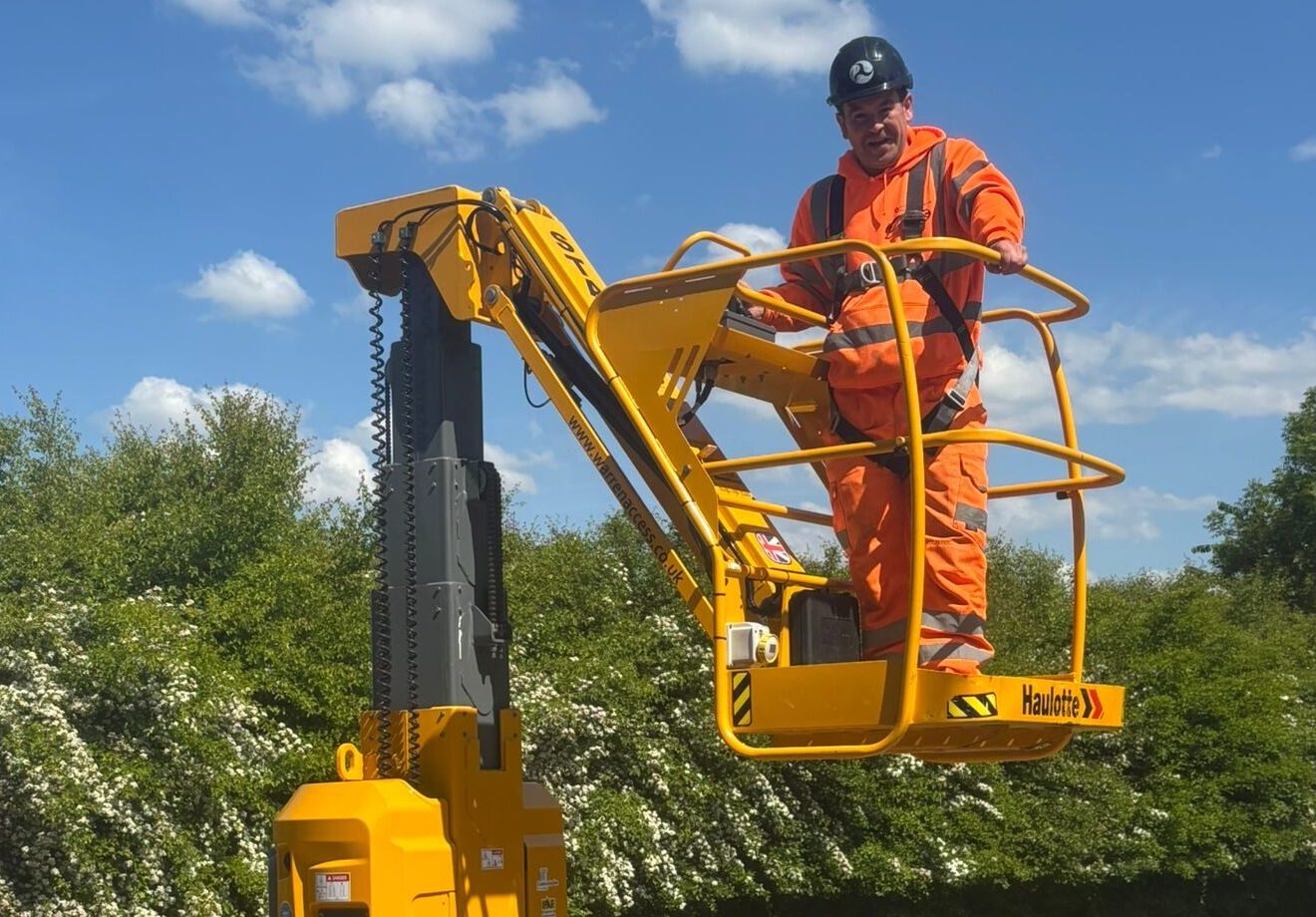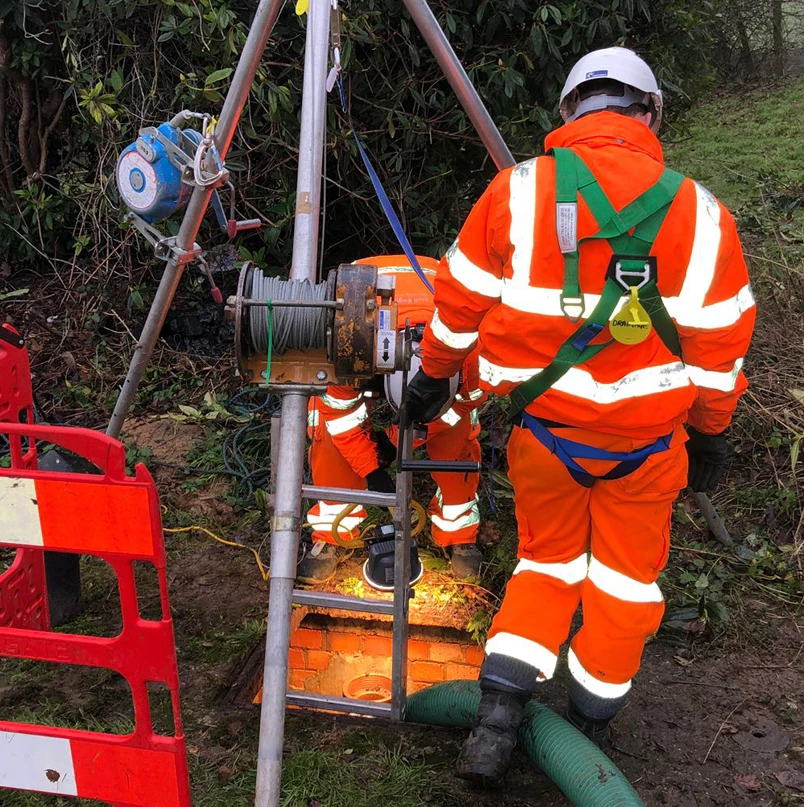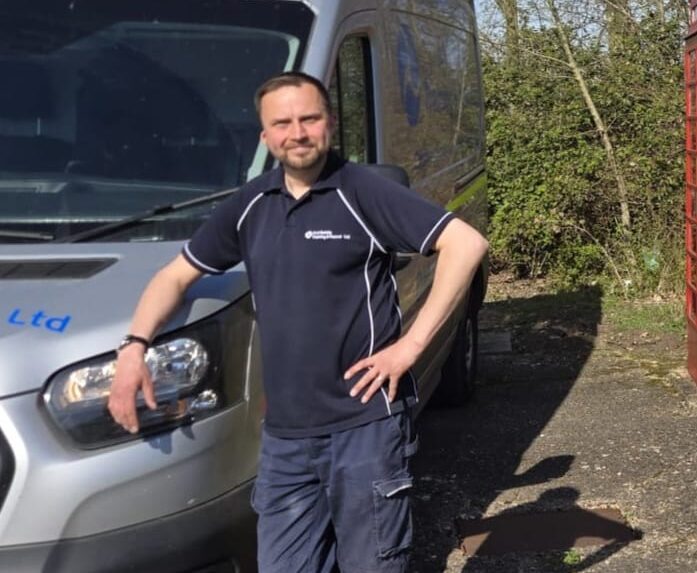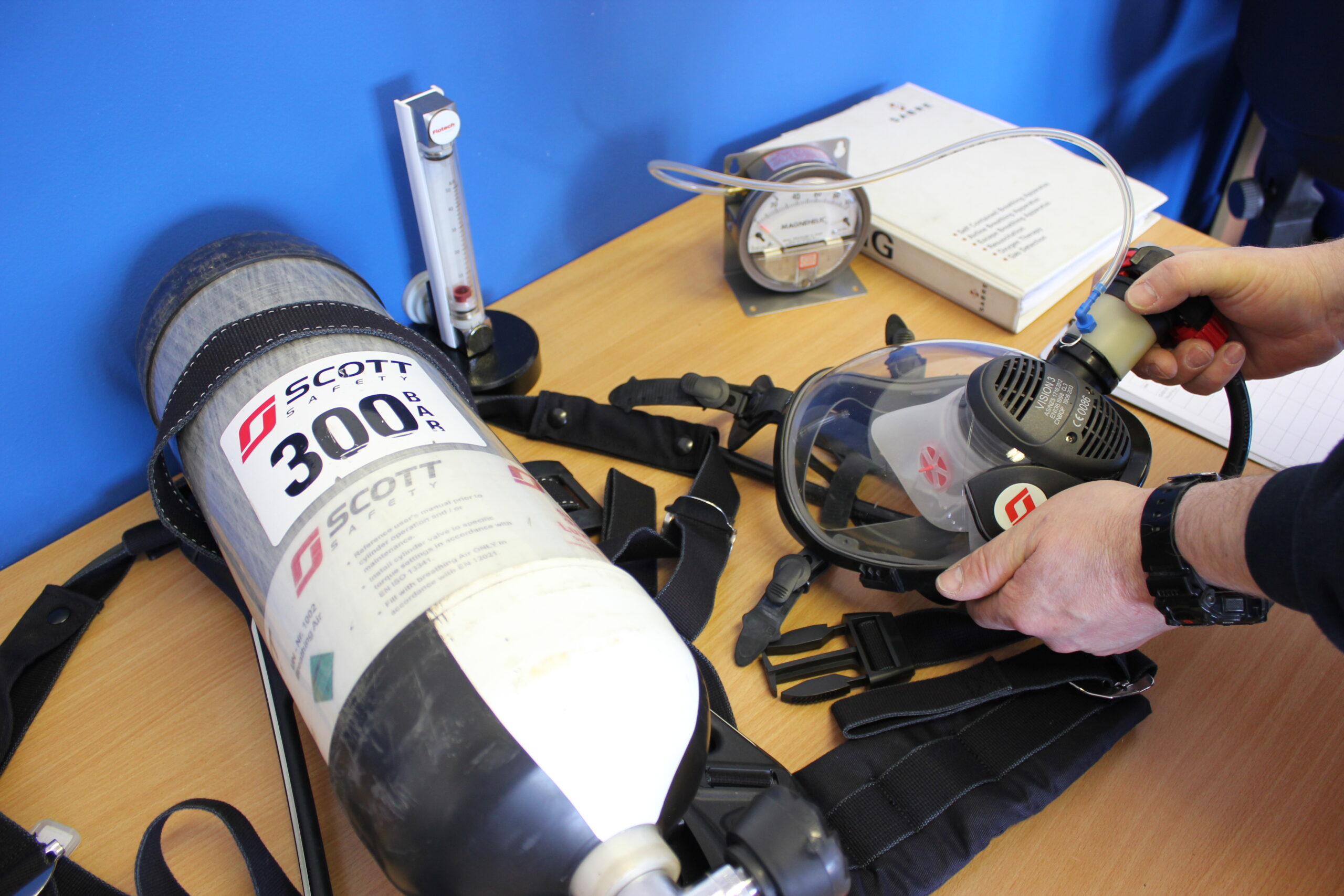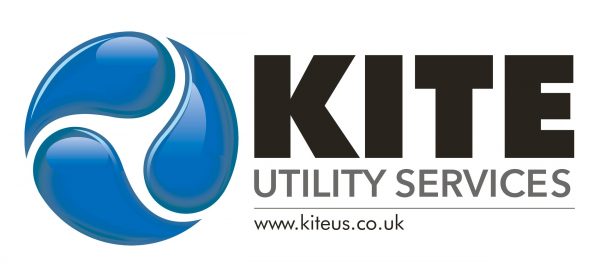Signs Your Safety Equipment Needs Immediate Servicing
Safety equipment needs to be 100% effective in order to fulfil its primary purpose of protecting people while at work. This optimum level of effectiveness is secured through regular servicing. In most cases this is carried out on a planned schedule, and these kind of preventive measures enable problems to be identified early to reduce the risk of injury or accident, and enable work to be carried out which prevents a future problem occurring. However, some safety equipment can still be subject to unforeseen problems, and in between scheduled servicing can encounter performance issues.
It is not always possible to prevent problems occurring with safety equipment even if it is regularly serviced, so it is important to be vigilant and to inspect safety equipment at regular intervals between service visits. At the same time, employers should listen to user comments which may be clear indicators that an immediate service is required. Here we have put together a list of common signs that safety equipment – such as breathing apparatus, fall arrest systems, winches, harnesses, ropes and gas monitors – may require servicing.
- Unusual noises – If a piece of safety equipment is making an abnormal noise this is usually an indication of a problem that requires attention. This could be a grinding or squeaking noise and could be a sign that bearings, hydraulics or a motor has seized.
- Fluid leaks – Where fluids such as hydraulic oil or coolant are used, any sign of leakage is usually an indication that the equipment needs immediate servicing.
- Safety features failing – These could be warning lights or fault codes on a piece of equipment such as the gauge on an escape set is indicating empty or a gas monitor sensor is showing incorrect readings or displaying errors, and if these are not working then an important safety mechanism isn’t in place and the equipment requires some attention.
- Visible indicators – The more obvious signs of a piece of safety equipment requiring an immediate servicing, is visible signs such as winches and FA blocks lines looking coiled or not retracting correctly, frayed cables, cracks, rust or other structural issues such as tripods with cracks and dents. These are signs of impact, mis-use and poor storage and all indicate that the item should be serviced.
- Performance issues – In many cases the everyday performance of the piece of equipment is the best indicator of a problem. This could be an instance where it is harder to use the item, it operates less efficiently or is not smooth in its operation and instead is jerky or sluggish. If an item starts to vibrate this could indicate a problem. Also, if a safety item can’t carry its expected load or can’t reach a specific height, it should be serviced immediately.
- Inaccurate results – This is related to performance issues, but some pieces of safety equipment produce results as part of their performance, and if these are inaccurate or inconsistent, there may be a problem. If an item has to be calibrated this may solve the issue, but if the issue persists then a service would be required.
- User comments – Again, this relates to performance issues, but as an extension to this, users are on the front line and are working with this equipment on a daily basis, meaning their comments are perhaps the most valuable. Some items will require mandatory health and safety checks, so if a piece of safety equipment fails a routine inspection by the user, this should be investigated and a service could be the outcome. Also, if a user comments that performing with the equipment has become uncomfortable or something doesn’t feel quite right, while this might be vague and intangible in diagnosing a problem, it should still be investigated.
Professional servicing of your safety equipment at Civil Safety
While there are many different types of safety equipment fulfilling many different purposes, the common denominator is if a problem has been identified, that piece of equipment should not be used further and should be taken out of circulation. The item should be immediately serviced to establish the problem and to prevent the risk of accident, injury and further damage to the equipment. At Civil Safety we can carry out in-house and on-site servicing of your safety equipment for civil processes and ensure you are fully compliant with your internal and external safety requirements. Contact our team today for expert support with your safety equipment servicing.

